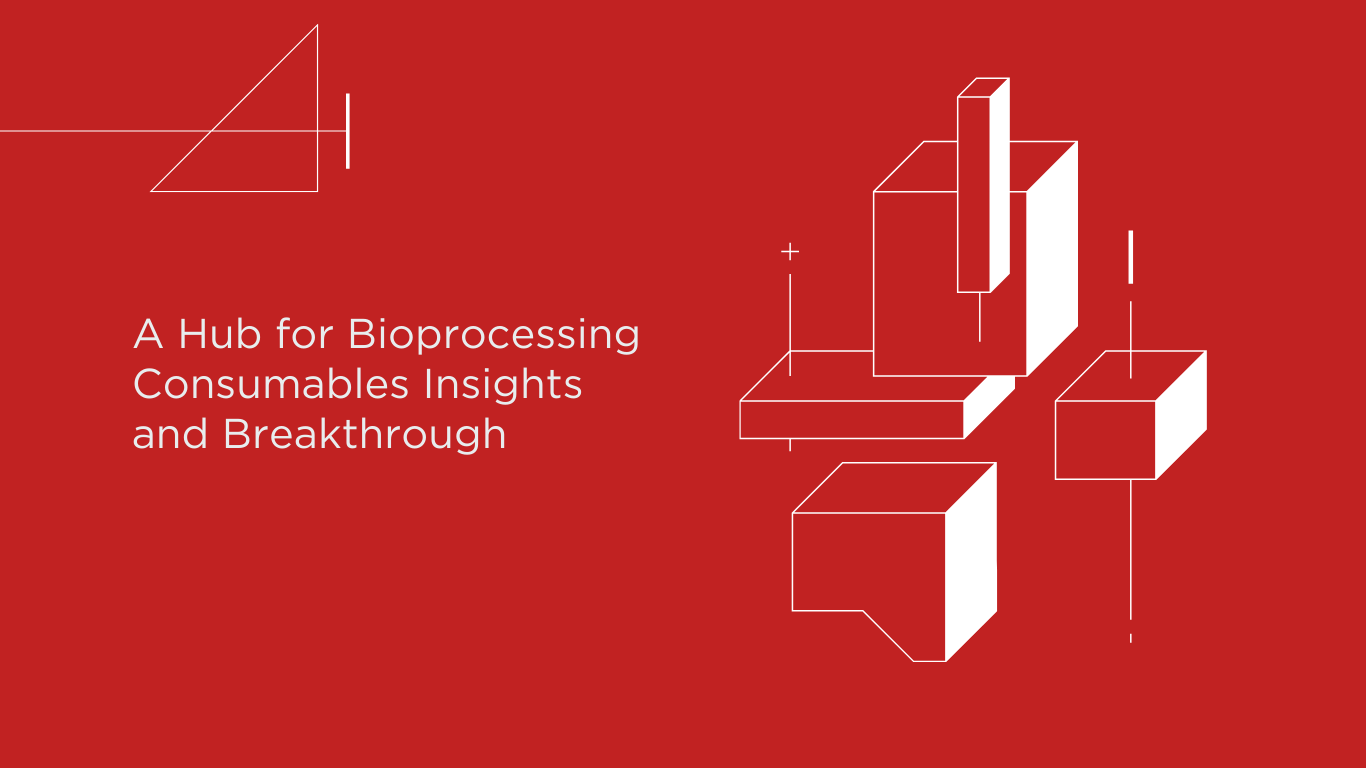
Products


A Hub for Bioprocessing ConsumablesInsights and Breakthrough
Introduction to Biochemical Pharmaceuticals
Biochemical pharmaceuticals are therapeutic, prophylactic, and diagnostic agents derived from biological materials through biochemical separation, purification, and refining processes. Composed of fundamental biochemical constituents or their analogs from living organisms, these compounds exhibit inherent biological activities or physiological functions. Key categories include proteins, peptides, amino acids and derivatives, polysaccharides, nucleotides and derivatives, lipids, enzymes, and coenzymes.
Biochemical pharmaceuticals encompass a diverse product portfolio, including urinary-derived agents (e.g., urokinase, human chorionic gonadotropin HCG), snake venom extracts, pancreatic enzymes, and more.
Tofflon Life Science, a high-tech enterprise specializing in the development of separation and purification media for biopharmaceuticals, offers mature industrialized chromatography media solutions supported by advanced purification technologies.
Urokinase Purification Process
Urokinase, an enzyme extracted from fresh human urine, activates plasminogen to exert thrombolytic effects by catalyzing the conversion of plasminogen to plasmin. It demonstrates rapid efficacy against newly formed thrombi and inhibits ADP-induced platelet aggregation via enhanced vascular ADPase activity, thereby preventing thrombus formation.
The purification process for urokinase demands strict balance of high purity, bioactivity, and safety. The case study employs ultrafiltration for desalting and concentration to remove impurities, followed by a three-step chromatography workflow: Rigose SP ion exchange chromatography, Rigose MMA HiRes mixed-mode chromatography, and Benzamidine Pursoe 4FF affinity chromatography. Viral filtration ensures safety compliance. The process achieves a total activity yield of 60% with specific activity exceeding 150,000 EU/mg, fully meeting pharmacopeial requirements for urokinase.
Fig 1. Urokinase Purification Process Flow
Fig 2. Chromatogram of Rigose SP (left); SDS-PAGE purity diagram (right)
Fig 3. Chromatogram of Rigose MMA HiRes (left); SDS-PAGE purity diagram (right)
Table 1. Information of Relevant Resins
Defibrase Purification from Snake Venom
Defibrase (36 KDa, pI 4.25) from *Gloydius ussuriensis* venom is a protease acting on the mammalian coagulation and fibrinolysis cascade. Through specific activation/inactivation mechanisms, it modulates coagulation and fibrinolysis steps, exhibiting dual procoagulant (in vitro fibrinogen aggregation) and anticoagulant (in vivo fibrinogen depletion without factor XIII activation) properties. Clinically, such snake venom thrombin-like enzymes are critical for thromboembolic disease management.
The purification process focuses on eliminating neurotoxins, hemorrhagins, and other toxic components while preserving enzymatic activity. The presented case utilizes a two-step chromatography approach: DEAE Purose 6HP ion exchange chromatography followed by Rigose MMC HiRes mixed-mode chromatography. The resultant defibrase achieves >90% purity as confirmed by SDS-PAGE, displaying a single band within the 31,000–41,000 Da range.
Fig 5. Defibrase Purification Process Flow
Fig 6. Chromatogram of DEAE 6HP (left); SDS-PAGE purity diagram (right)
Fig 7. Chromatogram of Rigose MMC HiRes (left); SDS-PAGE purity diagram (right)
Table 2. Information of Relevant Resins
Thrombin Purification Process
Thrombin, a key coagulation factor derived from prothrombin (factor II) via activation by factors Xa, V, and Ca²⁺, is a 38 KDa serine protease composed of light and heavy chains linked by disulfide bonds. It catalyzes fibrinogen-to-fibrin conversion, facilitating blood clotting. Clinically, it is used for topical hemostasis in capillary bleeding and surgical wound healing, with extensive applications in biomedical research.
Extracted primarily from bovine or porcine plasma, thrombin purification requires strict control of bioactivity, impurity levels (e.g., endotoxins, host proteins), and safety. The case study employs ultrafiltration for concentration and buffer exchange, followed by two ion exchange chromatography steps: DEAE Purose 6HP and SP Purose 6FF. This process yields thrombin with >90% purity and >70% recovery from porcine plasma.
Fig8. Thrombin Purification Process Flow
Fig 9. Chromatogram of DEAE Purose 6HP (left); SDS-PAGE purity diagram (right)
Fig 10. Chromatogram of SP Purose 6FF (left); SDS-PAGE purity diagram (right)
Table 3. Information of Relevant Resins
Conclusion
With extensive expertise in biopharmaceutical separation and purification, Tofflon Life Science delivers integrated downstream solutions spanning filtration to chromatography, supporting the full lifecycle from lab-scale R&D to industrial production of biochemical drugs. Driven by innovation, we are committed to providing global biopharmaceutical partners with efficient, safe solutions that advance the frontiers of biochemical drug development.